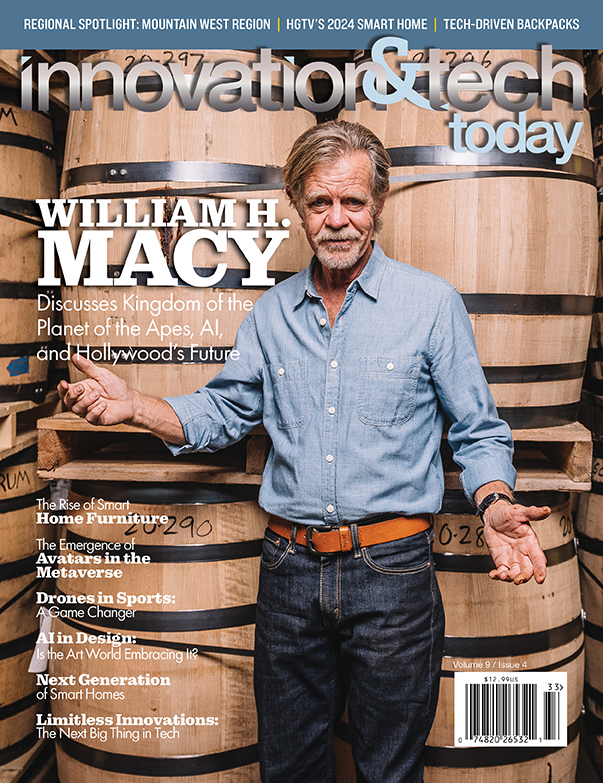The financial world is rapidly morphing. We no longer restrict investing to seasoned pros or people with substantial financial capital. Even high school students are becoming investors, owing largely to user-friendly fintech platforms and the growing culture of financial literacy.
Micro-investing, the practice of investing small amounts of money regularly, is steadily gaining ground among Gen Z and young millennials. Teens and young adults can now build wealth remarkably early with the help of digital platforms and mobile apps. This article will delve deeper into the world of micro-investing for younger individuals.
What Is Micro-Investing?
Micro-investing refers to investing tiny amounts of money, often just a few dollars at a time. Several platforms enable users to round up everyday purchases to the nearest dollar and effortlessly invest the spare change online. Users can set recurring contributions as low as one dollar daily, weekly, or monthly, with some services allowing flexible automatic contributions.
This model resonates strongly with teens and young adults who lack full-time incomes but are still keenly seeking robust financial futures quickly. Apps like Acorns, Greenlight, and Stash are spearheading the charge. They offer simplified investing platforms replete with educational resources that facilitate novice investor growth remarkably along the way.
Why Are Young People Getting On Board?
The three main reasons micro-investing is becoming popular amongst the newer generations are:
- Low barrier of entry: You no longer need to make hefty deposits or pay lump-sum fees associated with traditional investing methods. Micro-investing obliterates such obstacles with surprisingly minimal capital requirements for new users.
- Tech-savvy generation: Around 90% of Gen Z and millennials in the States now use phones for financial transactions. This makes digital investing pretty much a natural next step.
- Growing financial awareness: Platforms like Investopedia and various YouTube channels, alongside TikTok influencers, have recently fueled the knowledge boom. This allows youngsters to educate themselves easily on multiple topics.
The Role of Cryptocurrency and Alternative Assets
Cryptocurrencies have emerged significantly in investment landscapes alongside other assets of varying risk and potential return profiles. Young investors find appeal in the high potential returns and innovation stemming from a somewhat decentralized structure. Micro-investing platforms now frequently include cryptocurrencies in their portfolios, giving users more asset options beyond stocks and ETFs.
For instance, platforms like Kraken allow users to monitor the value of various coins with relative ease. Users can readily access real-time cryptocurrency data on platforms like Bitcoin, Ethereum, or Solana. Users can regularly check updates from the Kraken Solana price chart to understand market trends before investing. As a result, they can make fairly educated decisions.
The Future of Micro-Investing
Micro-investing is likely to advance drastically as tech advances. AI-driven financial suggestions, automated risk evaluations, and novel asset classes, including NFTs and decentralized finance tools, are rapidly emerging. With all this momentum, micro-investing is a financial revolution. For teens and young adults looking to start their journey toward financial independence, now is the perfect time to get involved.
Endnote
Micro-investing tools have catalyzed profound long-term behavioral shifts amidst a rapidly evolving financial landscape. Understanding platforms that democratize finance can help build a generation that invests more wisely and spends more intelligently. These tools not only offer accessibility but also foster financial literacy from a young age, allowing users to grasp the value of compounding and goal-based saving. As digital finance continues to expand, micro-investing stands out as a crucial bridge between financial awareness and action.









